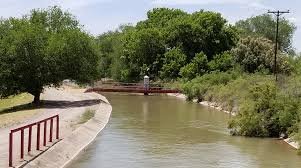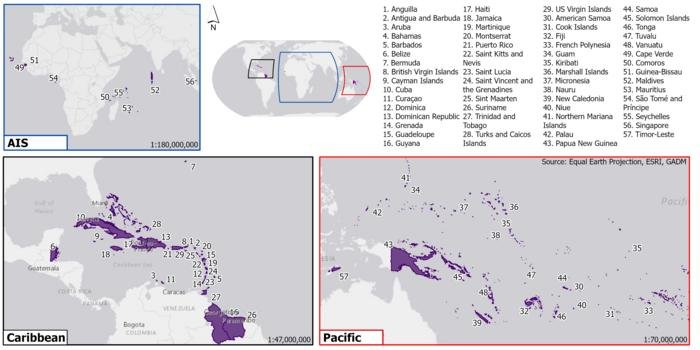Data could help rethink climate change models regarding sources of carbon and CO2 sinks
November 01, 2024
Osaka, Japan, (Highpoint Digest News) − In perhaps the first long-term study of CO2 fluxes in northern forests growing on permafrost, an Osaka Metropolitan University-led research team has found that climate change increased not only the sources of carbon, but also the CO2 sinks.
The 20-year observation from 2003-2022 in the interior of Alaska showed that while CO2 sinks turned into sources during the first decade, the second decade showed a nearly 20% increase in CO2 sinks.
Graduate School of Agriculture Associate Professor Masahito Ueyama and colleagues found that warming led to wetness, which in turn aided the growth of black spruce trees. During photosynthesis, the growing trees were using the increasing CO2 released from human activities.
“The 20 years of observational data that we have is, as far as we know, the longest record of such research on permafrost forests in the world,” Professor Ueyama proclaimed. “However, since it is difficult to apply the findings and data from those 20 years to a future world in which warming continues, further long-term observations are needed. But we hope that our findings will help verify and improve the accuracy of warming prediction models.”
The findings are published in the Proceedings of the National Academy of Sciences.
Source: Osaka Metropolitan University
Established in Osaka as one of the largest public universities in Japan, Osaka Metropolitan University is committed to



